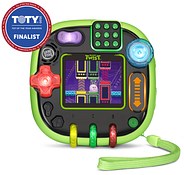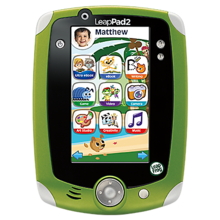

The food and beverage industry is the worst offender in this regard. Packaging is the dominant source of plastic waste, accounting for nearly half of the global total, since it gets thrown out immediately. LEGO has started packaging its bricks in tree-based recycled paper pouches and will complete the transition by 2025. Hasbro started phasing out its plastic packaging in 2020 with the goal of being plastic-free for all new products by the end of next year.
Leapfrog connect problem windows#
Mattel is shrinking the plastic windows on boxes, or eliminating them entirely, and the company is aiming for its blister containers and cartons to be at least 30% recycled plastic in 2022. Some toymakers are reducing plastic, with much of the progress to date in their packaging. Without interventions, the annual flow of plastic into the ocean is on track to triple by 2040 to 32 million tons per year, or the same weight as 600 Titanics, according to a 2020 study funded by Pew Charitable Trusts. Worse, the world’s plastic problem is way more removed, insurmountable and uncontrollable than what’s for breakfast. It’s like walking the cereal aisle where all the chocolate and marshmallow options are at kids’ eye level and the onus is on the adult to explain why we’re opting for plain oatmeal instead. It’s infuriating that companies market plastic objects to kids who don’t fully comprehend the long-term implications of those objects. As children become little consumers of their own, they become more aware-and more tantalized-by the hot toys displayed in stores, advertised, and chatted up at school. Year by year, though, the share of those toys in our house is being eclipsed by AA-battery suckers. When my children were younger, it was easier to curate their toy chest with timeless-and more environmentally friendly-wooden blocks and trains. It’s hard to know whether to feel reassured or terrified that people with deep knowledge of both polymers and Polly Pockets are dealing with the same challenges as the rest of us. “And our kids still want them.” Senft is one of several plastics experts I spoke with who is also a parent. “There’s a lot of toys that aren’t going to make it a decade from now,” she says.

Davis Tahoe Environmental Research Center. “I don’t think there is a magic, silver bullet for the toy plastics issue,” says Katie Senft, a researcher with the U.C. They are notorious for ending up in waterways and other ecosystems, where they contaminate habitats, leach chemicals and become part of the food chain. Plastics are also the scourge of the trash management system. By some estimates, the emissions from the plastics industry could overtake those from coal by as soon as 2030. Many of them are derived from fossil fuels, and the process causes significant greenhouse gas emissions.


 0 kommentar(er)
0 kommentar(er)
